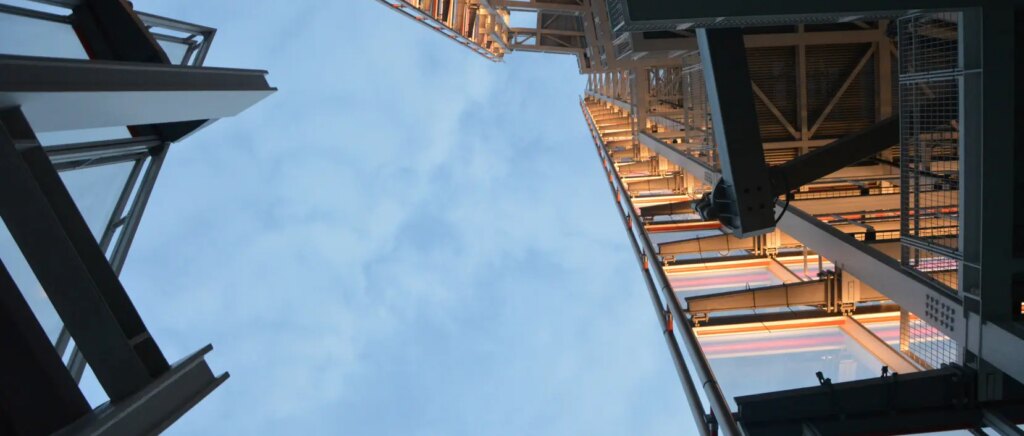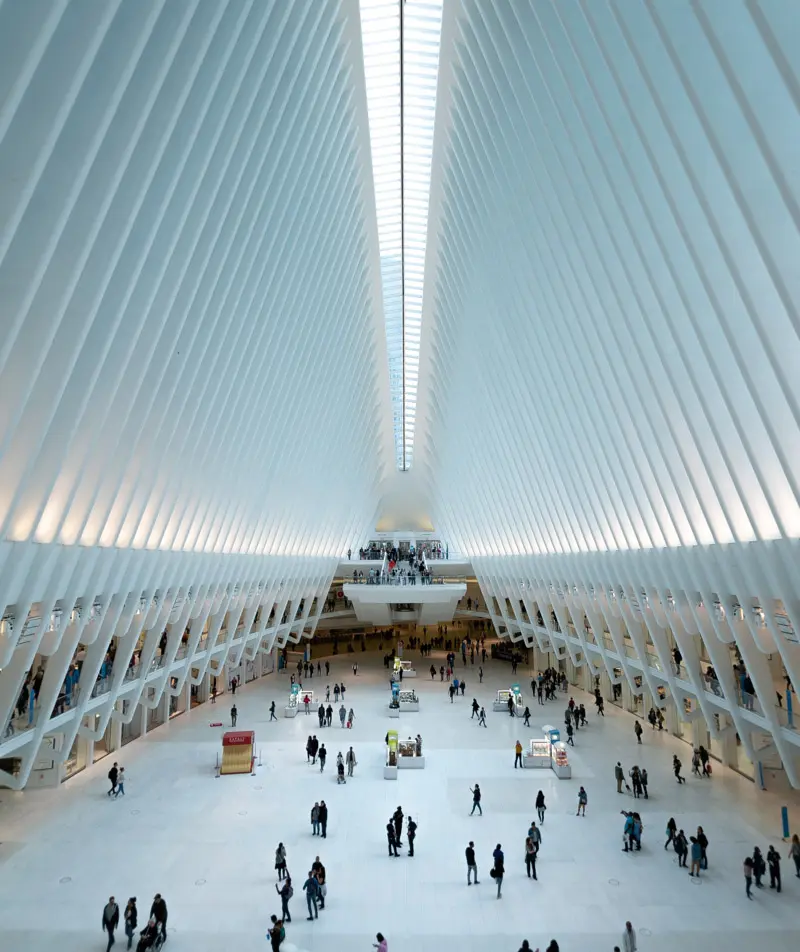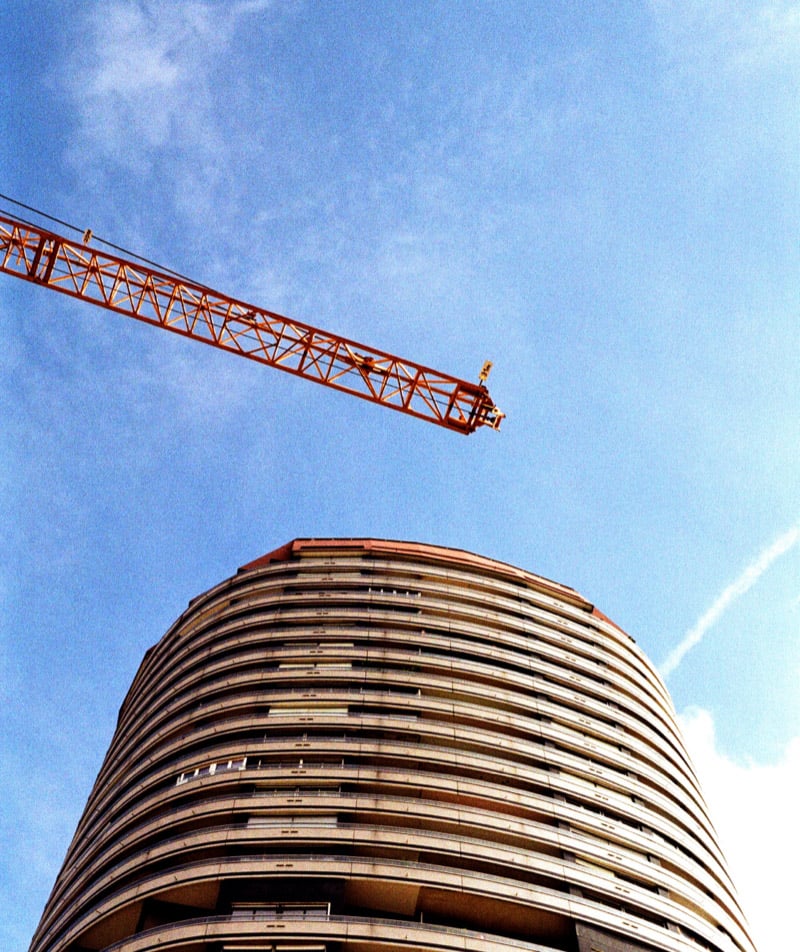Modular construction has been gaining attention in the construction industry due to its numerous advantages over traditional on-site construction. In this article, we will provide a balanced overview of modular construction, discussing its definition, process, benefits, and limitations
How Does Modular Construction Work?
Modular construction involves a multi-step process that includes design, manufacturing, transportation, and assembly. The design process involves creating building plans that meet the client’s needs and preferences. Once the design is complete, the modules are constructed in a factory setting, where they undergo rigorous quality control processes to ensure they meet the required specifications.
After manufacturing, the modules are transported to the construction site, where they are assembled into a finished building. This process requires skilled labor and heavy equipment, and it may be affected by weather conditions and transportation logistics.
A Game-Changer
The construction of the world’s tallest modular skyscraper in the south London borough of Croydon is an excellent illustration of the progress made in modular construction in recent years. The scheme, known as Ten Degrees, is a build-to-rent development consisting of 546 units spread over two connected residential towers that are 38 and 44 storeys high, respectively. Despite being hit by COVID-19-related delays, the development was completed in just 26 months by Greystar and Tide Construction, welcoming its first residents in April 2021. The construction speed and height of the project were commended by the global modular building community. The use of modern methods of construction (MMC) has helped in the acceleration of housing delivery, according to Richard Valentine-Selsey, head of residential research and consultancy at Savills. MMC refers to various offsite and onsite techniques used to speed up the construction of new buildings. Volumetric, which is a box finished on the inside, is the most commonly known modular type.
MMC has been estimated to be worth $75.9bn in 2021 by Fortunebusinessinsights.com, with the figure projected to rise to $114.8bn by 2028. MMC is currently used in several sectors, including offices and hotels, with housing benefitting the most. Offsite construction accounts for 45% of all Swedish homes, up to 180,000 units in Japan (between 15-20% of new homes), and as much as 15% of annual housing volumes in the Netherlands. The UK can produce 17,000 homes for MMC, with MMC manufacturers cautious about giving production figures due to manufacturing. Instead, they give estimates, with the annual number of new-build completions between 35,000 to 40,000.
Historically, modular construction has been used in military and crisis situations to create functional housing quickly and cheaply, but it has come a long way thanks to technological advances. Steel-framed systems have been developed for mid to high-rise buildings in the US, while concrete full volumetric systems are commonly used in Asia. In western Europe, there are new emerging CLT modular systems. The UK is adopting full digital design within building information modelling (BIM) in BTR developments. This has made it easier to design and plan buildings properly, considering offsite construction and enhancing the level of information available to facilitate maintenance.

What are the Advantages of Modular Construction?
Modular construction offers several advantages over traditional on-site construction, including:
- Reduced construction time: Since modular construction involves simultaneous on-site preparation and off-site manufacturing, it reduces the overall construction time. This makes it an ideal option for projects with tight deadlines.
- Higher quality: Modular construction involves a controlled environment that minimizes human errors and ensures higher quality construction. This can result in better insulation, acoustics, and energy efficiency.
- Cost-effective: Modular construction can be more cost-effective than traditional on-site construction due to its reduced labor costs, shorter construction time, and better quality control.
- Customizable: Modular construction can be highly customizable, with endless possibilities for design and customization. This makes it an ideal building method for a wide range of applications, from single-family homes to multi-story commercial buildings.
What are the Limitations of Modular Construction?
1. Transportation costs: Since modular construction involves transporting prefabricated modules to the construction site, transportation costs can be significant, particularly for long-distance projects.
2. Limited design flexibility: While modular construction can be highly customizable, some designs may not be feasible due to transportation restrictions or factory size limitations.
3. Quality control challenges: Despite the controlled environment of modular construction, there can be quality control challenges due to transportation, assembly, and installation. This can result in issues such as misalignment, leaks, or electrical malfunctions.
Modular construction involves a multi-step process that includes design, manufacturing, transportation, and assembly. The design process involves creating building plans that meet the client's needs and preferences. Once the design is complete, the modules are constructed in a factory setting, where they undergo rigorous quality control processes to ensure they meet the required specifications.
Despite MMC use increasing, there is still a long way to go before developers are fully accepting of the idea of using modular. Supply chain issues, including a lack of volumetric options, is a significant hindrance to the adoption of MMC, particularly in build-to-rent developments. Nonetheless, MMC is an ideal solution to the evolving residential model because the funding mechanism to get these schemes off the ground relies on a rapid build-strategy to make them operational as quickly as possible to generate a return.







